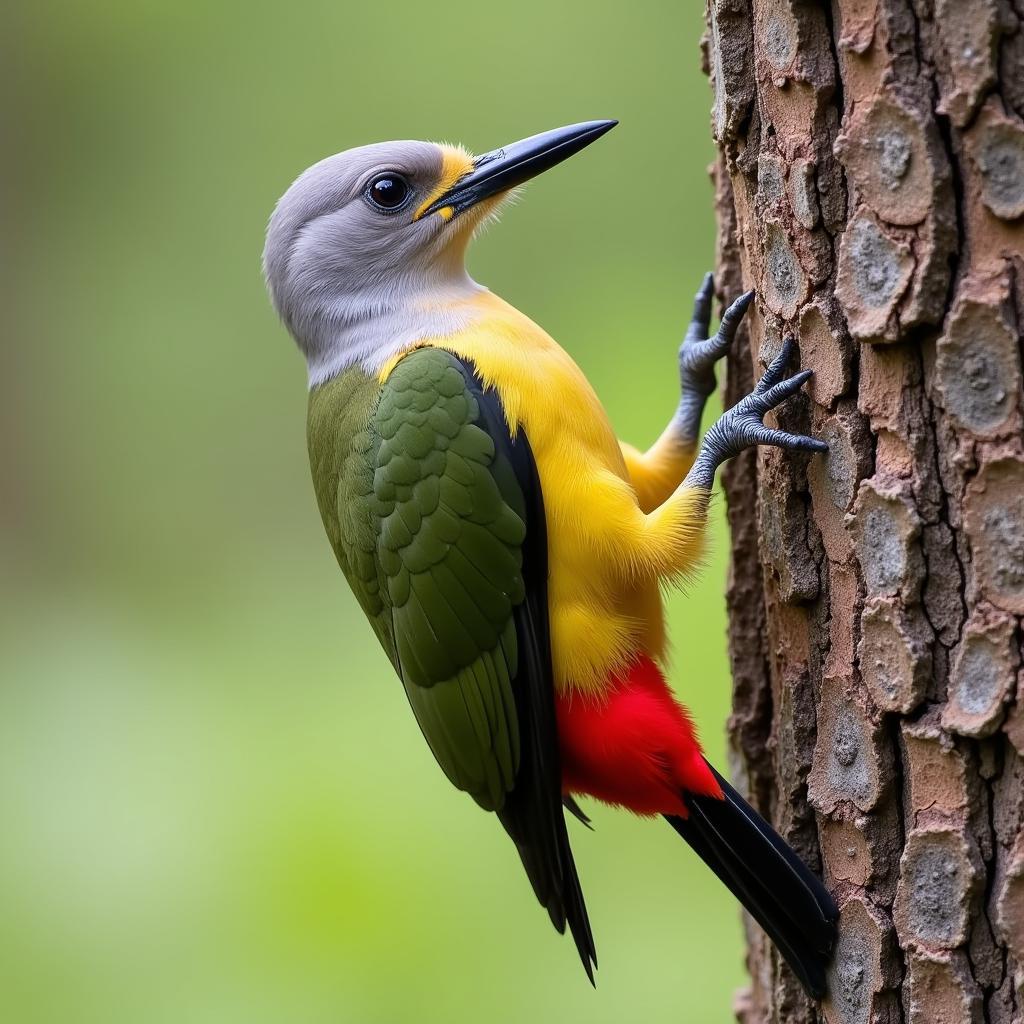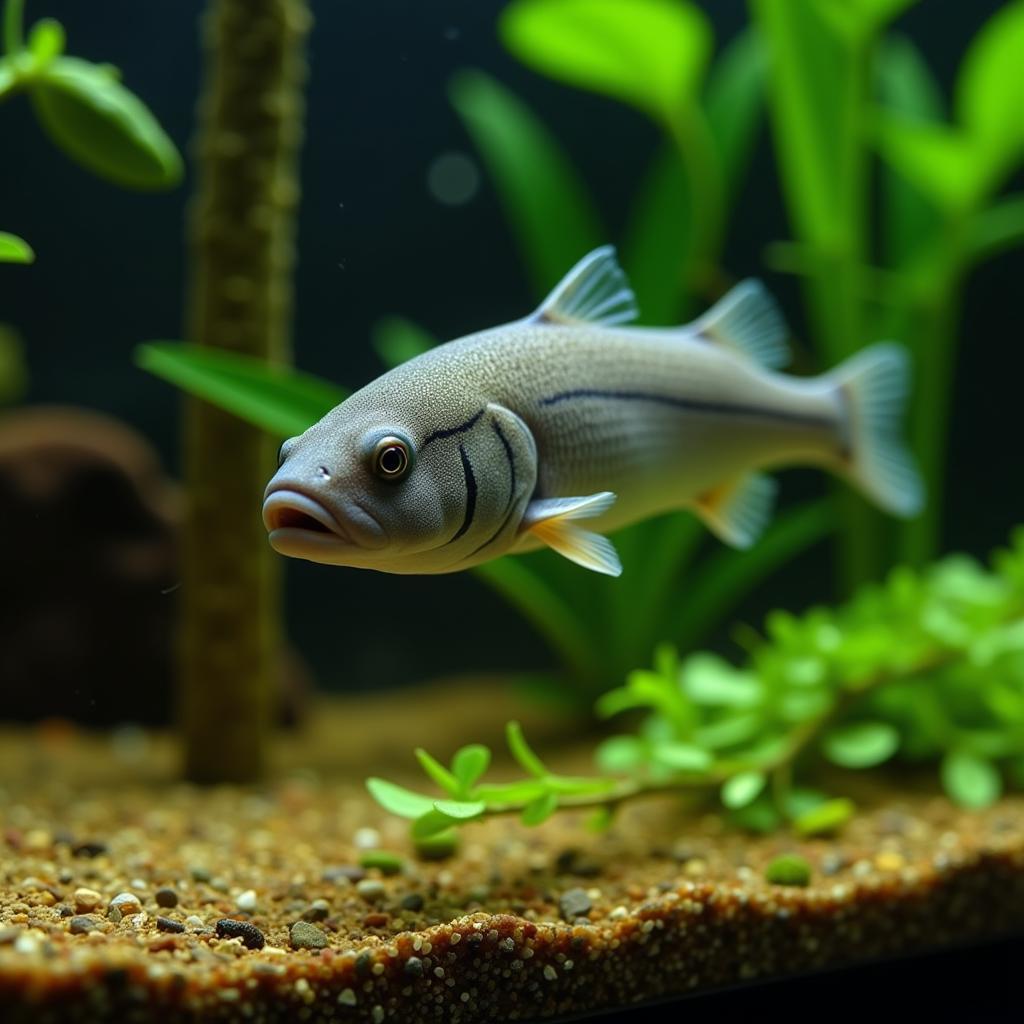The African Pipit: A Tiny Bird with a Big Song
The African Pipit, a small brown bird often overlooked amidst the vibrant tapestry of African wildlife, holds a surprising significance in the continent’s ecosystem. While not as flamboyant as a lilac-breasted roller or as imposing as an African fish eagle, this unassuming bird plays a vital role in the delicate balance of nature.
Identifying the African Pipit: A Closer Look
Standing at a mere 15 centimeters tall and weighing around 20 grams, the African pipit might seem insignificant at first glance. However, a closer look reveals a creature of subtle beauty and quiet resilience.
- Plumage: Their plumage, a tapestry of earthy browns and buffs, provides excellent camouflage against the African savanna’s browns and yellows. This understated attire, while lacking the vibrant hues of other species, is crucial for their survival in the wild.
- Distinctive Markings: While their coloration might seem drab, they possess distinctive markings that set them apart. These include a streaked breast, a pale stripe above the eye, and white outer tail feathers, visible during flight.
- Song: Their most captivating feature, however, is their song. A melodious series of clear, high-pitched notes, the African pipit’s song is a common sound in grasslands and savannas throughout the continent.
Habitat and Distribution: Where to Find the African Pipit
True to their name, African pipits are widely distributed across sub-Saharan Africa. Their adaptability to various habitats is remarkable. From the dry savannas of the Serengeti to the high-altitude grasslands of Ethiopia, these birds thrive in open areas with short grass and scattered shrubs.
- Preference for Open Areas: They avoid dense forests and prefer open spaces that offer a clear view of the surroundings, essential for spotting predators and foraging for food.
- Adaptability to Human Presence: They have also shown a remarkable adaptability to human-modified landscapes, often found in agricultural fields, pastures, and even urban parks and gardens.
Diet and Feeding Habits: The Pipit’s Place in the Food Chain
As primarily ground-dwelling birds, African pipits have a diet largely composed of insects and other small invertebrates. Their feeding behavior involves hopping and walking on the ground, using their sharp beaks to probe the soil and vegetation for food.
- Role in Pest Control: This insectivorous diet makes them essential players in their ecosystem, helping regulate insect populations and preventing potential crop damage.
- Feeding Adaptations: Their slender beaks are perfectly adapted for extracting insects from their hiding places, highlighting the intricate relationship between form and function in the natural world.
Breeding and Nesting: Raising a Family on the Savanna
The breeding season for African pipits varies depending on their location and rainfall patterns. During this time, males perform elaborate flight displays to attract mates. These displays involve ascending high into the air before parachuting down while singing their melodious song.
- Nesting on the Ground: Unlike many bird species that build nests in trees, African pipits construct their nests on the ground, often hidden amongst clumps of grass or under shrubs for protection.
- Camouflaged Eggs: They typically lay 2-5 eggs, speckled and camouflaged to blend seamlessly with the surroundings.
The African Pipit’s Song: More Than Just a Melody
The African pipit’s song, while seemingly simple, serves multiple purposes. It is a territorial call, a mating ritual, and a warning signal, conveying a range of information to other birds in the vicinity.
- Variations in Song: Ornithologists have observed subtle variations in their songs, potentially indicating regional dialects or individual distinctions within a population.
- Significance in African Culture: The African pipit’s song, often associated with the arrival of rain, holds cultural significance in some communities, illustrating the intertwined relationship between nature and human societies.
Conclusion: Appreciating the Unsung Heroes
The African pipit, despite its diminutive size, is a testament to the intricate web of life that connects all creatures, great and small. Their role as insectivores, their adaptable nature, and their melodious songs contribute to the ecological balance and cultural richness of the African continent. Next time you find yourself in the African savanna, take a moment to appreciate the quiet beauty and significance of the African pipit, a tiny bird with a big impact.



